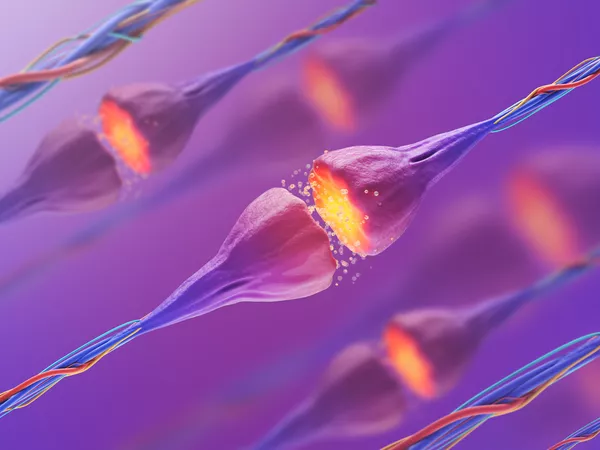ORIGINAL RESEARCH
Published on 14 May 2012
Functional significance of M-type potassium channels in nociceptive cutaneous sensory endings
doi 10.3389/fnmol.2012.00063
- 9,986 views
- 55 citations
6,974
Total downloads
33k
Total views and downloads
Select the journal/section where you want your idea to be submitted:
ORIGINAL RESEARCH
Published on 14 May 2012
PERSPECTIVE
Published on 22 Mar 2012
REVIEW
Published on 06 Mar 2012
ORIGINAL RESEARCH
Published on 05 Mar 2012
REVIEW
Published on 23 Jan 2012
